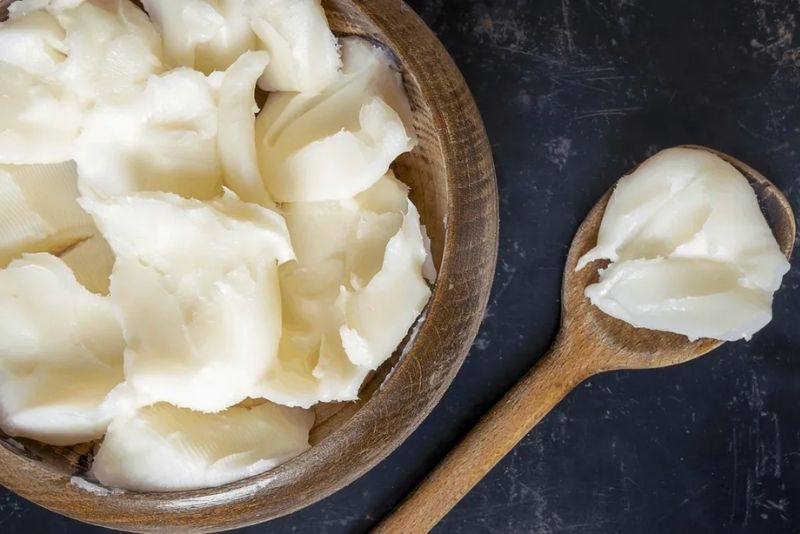Do you love to bake?
If so, you probably already know that palm shortening is a key ingredient in many recipes.
It has a high melting point and is solid at room temperature, making it perfect for baked goods like cookies and pie crusts.
However, it can be hard to find in many parts of the world.
In this article, I share seven great alternatives when you need palm shortening substitutes in your recipes.
They all taste amazing and will give your baked goods just as good of a texture as if they were made with real palm shortening.
Table of Contents
7 Best Palm Shortening Substitutes
The best substitutes for palm shortening are coconut oil and butter. You can also use margarine, vegetable shortening, and lard as substitute for palm shortening.
Keep reading to find more substitutes for palm shortening and why they might work in your recipes.
1. Coconut Oil
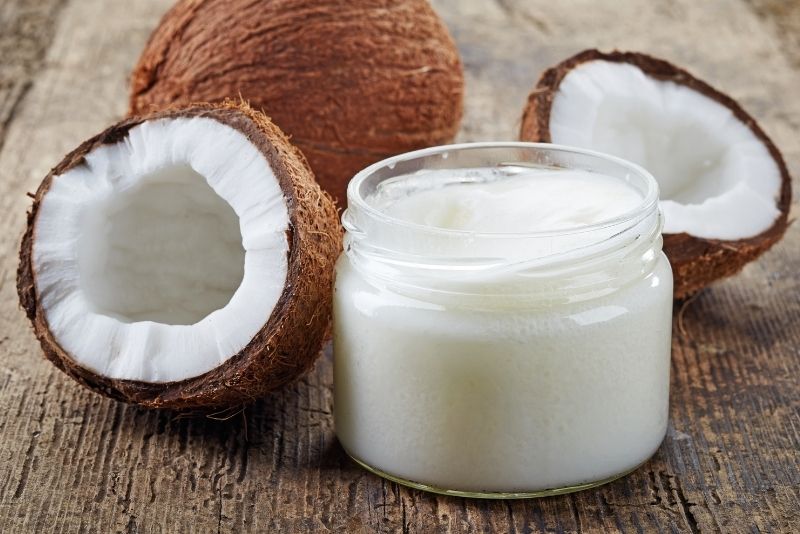
Coconut oil is a great substitute for palm shortening. It is available in both refined and unrefined varieties.
The refined variety has a higher smoke point making it a perfect replacement for palm shortening in baking recipes, while the unrefined variety is better for general cooking.
Coconut oil also has a neutral flavor that won’t overpower the other ingredients in your baked goods.
2. Butter
Butter is another popular substitute for shortening in baking recipes.
It does not have quite the same melting point as palm shortening, but it is still solid at room temperature and will produce great results when used in place of real palm shortening.
It’s also a great choice for creaming butter and sugar, as it will help create a light and fluffy texture.
3. Margarine
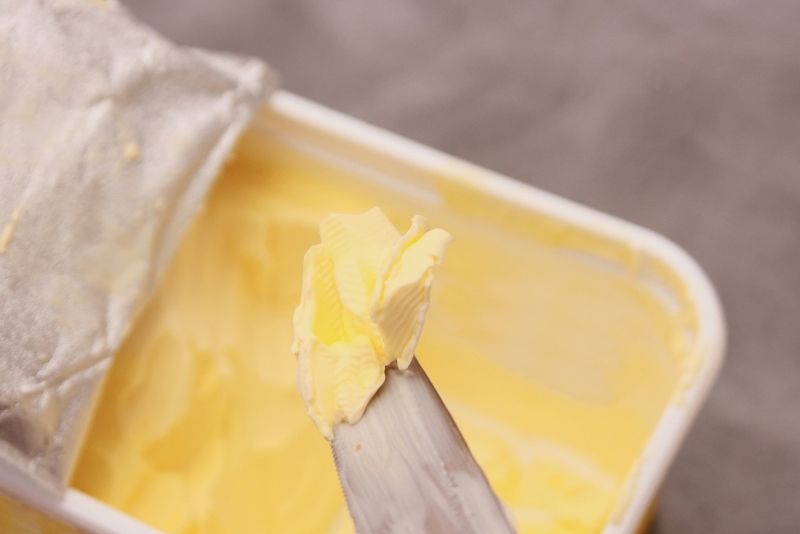
Margarine is a good choice for baking recipes that call for palm shortening.
It has a high melting point, is solid at room temperature, and has a neutral flavor. It’s also composed of vegetable oils and includes water.
It’s got a similar texture and flavor to palm shortening.
Just be sure to choose a margarine that does not contain hydrogenated oils, as these can be unhealthy. You can also make your own healthy margarine at home.
4. Lard
Lard is another animal-based butter substitute that works well in baking recipes. It is a viable replacement for palm shortening, but it should only be used in recipes where you don’t mind a slightly porky taste.
Depending on how much lard you use, it may have a stronger flavor than some of the other substitutes on this list.
However, lard can also be high in saturated fat, so many prefer coconut oil, butter, or margarine.
5. Vegetable Shortening
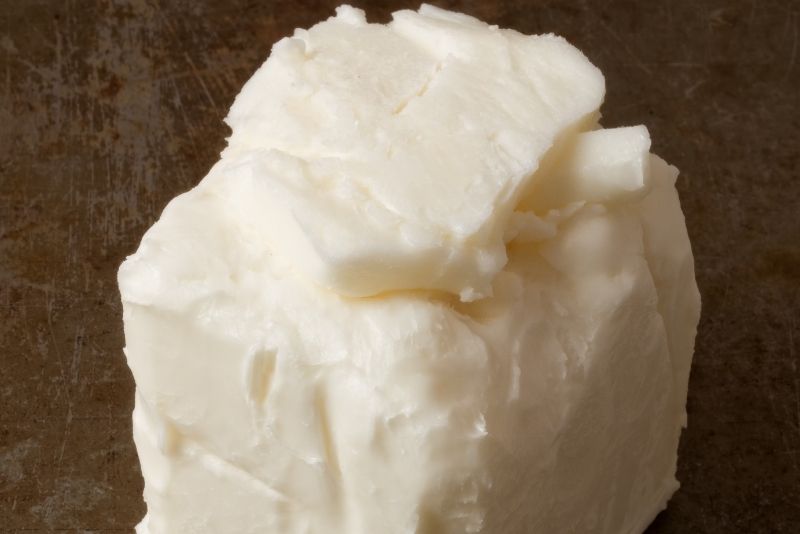
Vegetable shortening is a popular shortening substitute. It is solid at room temperature and has a high melting point.
Vegetable shortening does not have any flavor, so it works well when you are seeking to produce cakes or cookies with an airy texture.
It’s also made from naturally saturated vegetable oils. The downside to using vegetable shortening is that it is highly processed and contains trans fat.
So while it lacks some of the benefits of coconut oil or butter, it is still a healthier option than palm shortening.
6. Canola oil
Canola oil is a healthy vegetable-based alternative to palm shortening. It also has a neutral flavor and a high smoke point. Therefore, it’s a good choice for baking recipes that require palm shortening.
Canola oil is low in saturated fat, cholesterol, and trans fat. It is composed of healthy monounsaturated and polyunsaturated fats.
7. Ghee
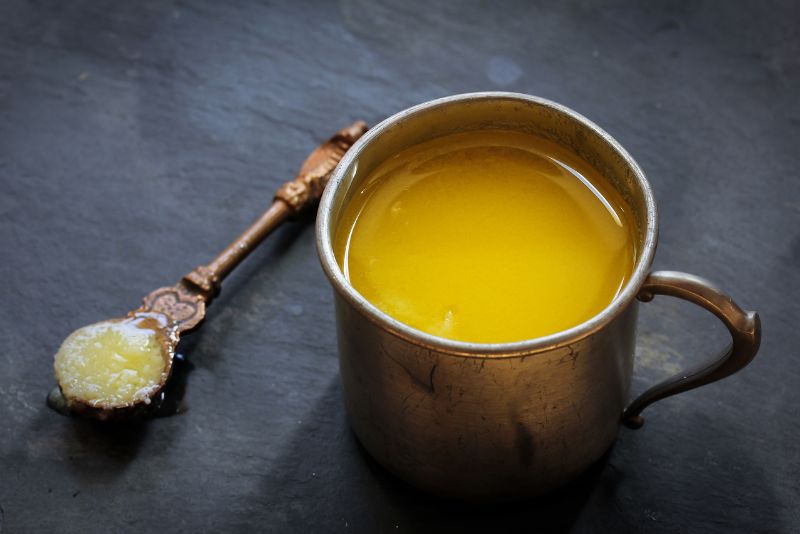
Ghee is made from butter that has been melted and then simmered until all the water evaporates. This leaves a high-fat substance that is solid at room temperature.
Ghee is a good palm-shortening substitute because it has a high smoke point, a nutty flavor, and a long shelf life. This makes it a great substitute for baking recipes.
It is also composed of healthy saturated fats. However, it is also high in cholesterol, so it should only be used sparingly.
There you have it! These are some of the best substitutes for palm shortening when baking or cooking.
What is Palm Shortening?
Palm shortening is a vegetable-based shortening made from the oil of palm fruit. It is a popular baking ingredient because it helps baked goods to retain their shape and texture.
It also has a neutral flavor that doesn’t overpower the other ingredients, making it ideal for adding to cookies, pie crusts, and other sweet baked goods.
Most brands of palm shortening contain no hydrogenated oils or trans fats, which makes it healthier for you than other shortenings.
It is often a healthier alternative to butter or other animal-based shortenings. Palm shortening is also vegan and non-GMO.
Frequently Asked Questions
What does palm shortening taste like?
Palm shortening has a very unique flavor. It is slightly sweet but also has a buttery and nutty taste that sets it apart from other types of shortening. Some people also say that it tastes a bit like coconut.
The main difference between palm shortening and other types of shortening, such as butter, lard, or Crisco, is that it is made from the fatty fruit pulp of the oil palm tree.
This gives it its unique flavor and a creamy texture that makes it much different from any other cooking fat.
What does palm shortening do?
Palm shortening can create a light and fluffy texture in baked goods. It can also help to prevent them from drying out as quickly as recipes that do not use palm shortening. In addition, palm shortening can add a rich flavor to food.
It has a high saturated fat content, which makes it ideal for use in recipes where butter or margarine would normally be used.
Palm shortening is a great option for baking because it has a high smoke point, which can be heated to a higher temperature without burning.
This makes it ideal for recipes that require high heat, such as cakes, cookies, and pie crusts.
It also has a relatively long shelf life, meaning you can keep it in your pantry without it going bad.
What is the difference between palm shortening and coconut oil?
The main difference between palm shortening and coconut oil is that palm shortening is made from the fatty fruit pulp of the palm tree, while coconut oil is extracted from the meat of mature coconuts.
Additionally, palm shortening has a higher saturated fat content than coconut oil, making it solid at room temperature. Coconut oil is liquid at room temperature and has a lower saturated fat content.
Taste-wise, palm shortening does not taste like coconut, but it does have a slightly sweet flavor that is much different than other types of cooking fat, such as butter or lard.
Palm shortening has a much longer shelf life, meaning it doesn’t need to be refrigerated and can sit on the shelf in your pantry for months without going bad.
Coconut oil can become rancid if stored for too long or exposed to heat and light.
Is palm shortening the same as vegetable shortening?
No, palm shortening is not the same as vegetable shortening.
Vegetable shortening is made from a blend of vegetable oils, while palm shortening is made from the fruit pulp of the oil palm tree.
This gives it a much different flavor and texture than vegetable shortening.
What is the difference between palm oil and palm shortening?
Palm oil and palm shortening are both made from the fruit of the oil palm tree, but they are processed differently.
Palm oil is extracted from the fruit and then refined, while palm shortening is made from the fatty fruit pulp of the palm tree. This gives it a much different flavor and texture than palm oil.
Palm oil is liquid at room temperature, while palm shortening is solid.
Palm oil has a much longer shelf life than palm shortening. Lastly, palm oil does not need to be refrigerated, while palm shortening must be kept cold to prevent it from spoiling.
In conclusion, No matter which palm shortening substitutes you choose, I’m sure your baked goods will turn out amazing. So why not give them a try?
